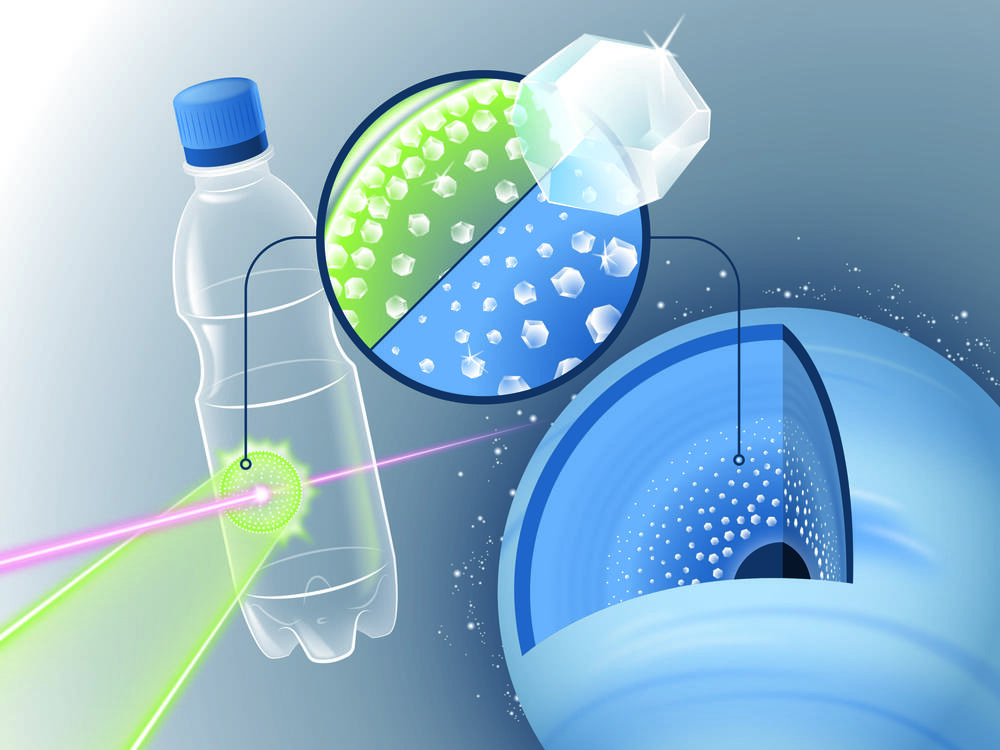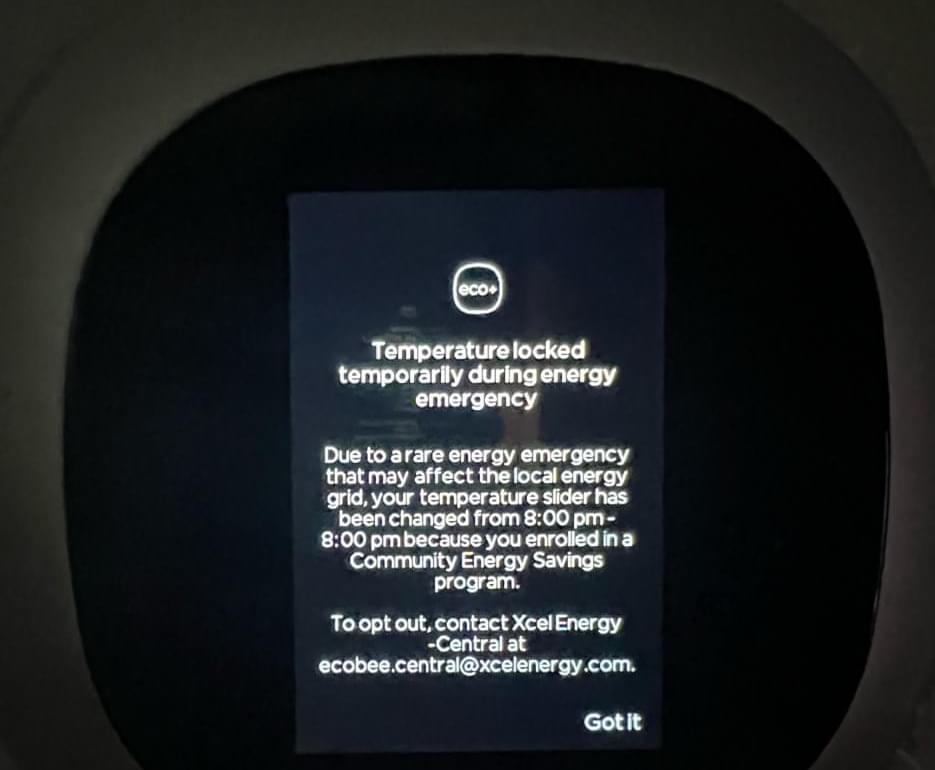The UK is truly a world leader in offshore wind and the completion of Hornsea Two is a tremendous milestone for the offshore wind industry.
This week, the massive Hornsea 2 project became fully operational off the coast of the UK.
The UK is truly a world leader in offshore wind and the completion of Hornsea Two is a tremendous milestone for the offshore wind industry.
This week, the massive Hornsea 2 project became fully operational off the coast of the UK.

The findings could revolutionize how we study potential collisions.
Asteroids pass by our planet all the time and even sometimes land here, causing much devastation. Understanding how often these kinds of impacts happened in the past and how they influenced the environment both then and today is crucial to protecting Earth.
Now, new research published by the Estonian Research Council on Friday has shown that analyzing bodies of organisms killed by an impact of asteroids can teach us how much damage occurs at the spot of such a cosmic collision.
Researchers dugout trenches in rims of four craters (Kaali Main and Kaali 2/8 in Estonia, Morasko in Poland, and Whitecourt in Canada) located on two different continents that formed thousands of years apart to analyze their content and draw conclusions about the effects of the collisions on our planet.

The latest study focused on serotonin receptors in the brain, crucial for memory, fear, and attentiveness.
Scientists have discovered a new type of synapse hiding in the brains of mice. Researchers at HHMI’s Janelia Research Campus.
“This special synapse represents a way to change what is being transcribed or made in the nucleus, and that changes whole programs,” said David Clapham, Janelia’s senior group leader.
“The effects in the cell are not just short-term — some can be long-term,” added the study’s lead author.
Whitehoune/iStock.
Researchers at HHMI’s Janelia Research Campus in Ashburn, Virginia, have found this new kind of synapse in the tiny hairs on the surface of mice neurons, according to a press release published by the institute on Thursday.

Is AI replacing artists or simply complementing their work?
Artists participating in the Colorado State Fair’s annual art competition were furious after the president of the Colorado-based tabletop gaming company Incarnate Games, Jason Allen, won the first prize in the Digital Art Category, according to a report published by CNBCTV18.com on Saturday.
An AI-generated image printed on a canvas
Allen won in the Digital Arts / Digitally Manipulated Photography category with a work called “Thé tre D’opéra Spatial” which is an AI-generated image printed on a canvas.
The painting depicts a scene that resembles a space opera. In the image, several figures in a Baroque Hall stare through a circular viewport into what looks like a sun-drenched landscape.

Aviation is responsible for around five percent of human-induced climate change.
Commercial aviation has become a cornerstone of our economy and society. It allows us to rapidly transport goods and people across the globe, facilitates over a third of all global trade by value, and supports 87.7 million jobs worldwide. However, the 80-tonne flying machines we see hurtling through our skies at near supersonic speeds also carry some serious environmental baggage.
My team’s recent review paper highlights some promising solutions the aviation industry could put in place now to reduce the harm flying does to our planet. Simply changing the routes we fly could hold the key to drastic reductions in climate impact.

Nvidia is caught up in the new sanctions the U.S. is imposing on China. Rita reports the company said it will not be able to export two of its AI chips to China, its second-largest market. That will likely cost Nvidia some $400 million in lost sales for this third quarter and interrupt some production that happens in China. get a roundup of TechCrunch’s biggest and most important stories delivered to your inbox every day at 3 p.m. PDT, subscribe here.
Happy Friday! For those of you excited to see us in your inbox for your daily dose of tech news, unfortunately, you will have to wait until Tuesday to hear from us again because Monday is Labor Day in the U.S. We will be out grilling, wearing white for the last time this year and snoozing in hammocks. We wish you a safe and enjoyable weekend wherever you are. — Christine and Haje.

Astronomers may soon have the answer to what is perhaps the greatest mystery of modern science –is dark energy a uniform force across space and time, or has its strength evolved over eons?
The universe is not only expanding – it is accelerating outward, driven by what is commonly referred to as “dark energy.” The term is a poetic analogy to the label for dark matter, the mysterious material that dominates the matter in the Universe and that really is dark because it does not radiate light (it reveals itself via its gravitational influence on galaxies).

What goes on inside planets like Neptune and Uranus? To find out, an international team headed by the Helmholtz-Zentrum Dresden-Rossendorf (HZDR), the University of Rostock and France’s École Polytechnique conducted a novel experiment. They fired a laser at a thin film of simple PET plastic and investigated what happened using intensive laser flashes. One result was that the researchers were able to confirm their earlier thesis that it really does rain diamonds inside the ice giants at the periphery of our solar system. And another was that this method could establish a new way of producing nanodiamonds, which are needed, for example, for highly-sensitive quantum sensors. The group has presented its findings in the journal Science Advances.
The conditions in the interior of icy giant planets like Neptune and Uranus are extreme: temperatures reach several thousand degrees Celsius, and the pressure is millions of times greater than in the Earth’s atmosphere. Nonetheless, states like this can be simulated briefly in the lab: powerful laser flashes hit a film-like material sample, heat it up to 6,000 degrees Celsius for the blink of an eye and generate a shock wave that compresses the material for a few nanoseconds to a million times the atmospheric pressure.
“Up to now, we used hydrocarbon films for these kinds of experiment,” explains Dominik Kraus, physicist at HZDR and professor at the University of Rostock. “And we discovered that this extreme pressure produced tiny diamonds, known as nanodiamonds.”

DENVER — During the dog days of summer, it’s important to keep your home cool. But when thousands of Xcel customers in Colorado tried adjusting their thermostats Tuesday, they learned they had no control over the temperatures in their own homes.
Temperatures climbed into the 90s Tuesday, which is why Tony Talarico tried to crank up the air conditioning in his partner’s Arvada home.
“I mean, it was 90 out, and it was right during the peak period,” Talarico said. “It was hot.”